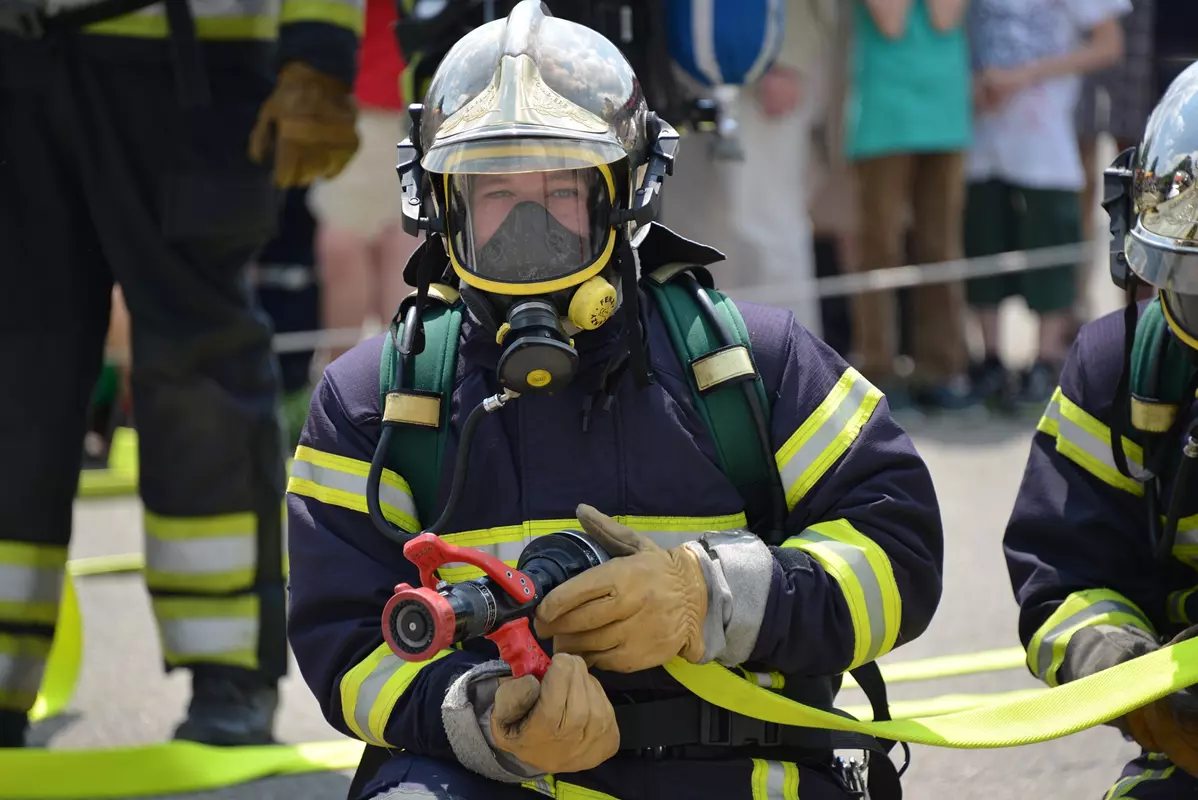Nowadays, many modern solutions and materials are used in smoke extraction systems that increase their efficiency and safety.
Table of contents:
Below are some examples of solutions used in Gulajski smoke extraction systems
Automatic control systems
Modern smoke extraction systems are equipped with advanced control systems that ensure optimal system operation and minimize the risk of failure. Automatic control systems in SHEV systems are typically configured to detect and signal a fire and then automatically turn the SHEV system on and off. These systems can also be configured to monitor dust, smoke or pressure levels to ensure optimal system performance. Automatic control systems are also capable of detecting and monitoring airflows in the system to prevent stagnation, as well as configuring the system to turn the automatic system on and off, which will operate according to specific guidelines.
Electrochromic lenses
Such lenses change their transparency depending on the light intensity, which allows you to control the amount of light entering the building. This reduces the need for artificial lighting and reduces energy costs. This solution is often used together with skylights. Electrochromic glasses are a type of transparent materials that change their properties depending on the voltage used. The glass can be changed from transparent to darkened, or from darkened to transparent. Changing the properties of electrochromic glass can take place in a matter of milliseconds. When the voltage is disconnected, the glass returns to its original state. Electrochromic glasses are widely used in buildings, automobiles, electronics, and many other applications where adjustment of light transmission or energy properties is required. They are used to provide better thermal comfort, as they are able to block solar radiation. In addition, the electrochromic lenses provide increased privacy, as they can be darkened so that outsiders cannot see the inside of the room.
Fire Retardant Materials
Modern smoke extraction systems use fire-resistant materials that provide longer protection against fire. Examples of such materials are fire-resistant concrete, fire-resistant plasterboards, fire-resistant paints, quartz sinters or thermal insulation. Quartz sinters are very popular in the production of smoke dampers because they are resistant to high temperature and water, as well as scratches and other mechanical damage. In addition, they are very durable and resistant to damage, so they can serve for many years. Smoke dampers made of quartz sinters are also extremely resistant to fire and temperature, making them an ideal material for the production of fire protection elements.

Our company offers high-quality fire protection solutions. We encourage you to contact us: Tel/fax.: +48 (32) 236 30 05 or learn more about the details of our smoke vents: https://www.gulajski.pl/klapy-dymowe/
Brushless fans:
Brushless fans are more efficient and durable than traditional brushed motor fans. In addition, they consume less energy and generate less noise, which translates into a higher comfort of use. Brushless fans are DC motors that use permanent magnets and brushed electrical components to control rotational speed. The permanent magnets in the rotor, combined with the magnetic fields generated by the electric brushes, make the rotor rotate around its axis. The change in the magnetic field occurs by changing the voltage value of the brush system, which creates a magnetic field that drives the rotor. This allows the rotor to rotate to one side or the other, depending on the direction of the voltage change.
Smart smoke detectors
Modern smoke extraction systems are equipped with intelligent smoke detectors that can recognize different types of smoke and automatically activate the smoke extraction system when necessary. Smart smoke detectors are a type of fire detector that combines optical (photoelectric) sensor technology with modern digital technologies. As a result, the sensors are able to detect and signal both smoke and exhaust fumes, as well as temperature. This allows for a quick response to a fire, which consequently reduces the risk of injury and property damage. Smart smoke detectors differ from conventional smoke detectors in that they have more functions, such as identifying a specific smoke source, signaling a fire using a mobile phone, etc.
Air filtration systems
In some cases, smoke extraction systems use special filters that remove toxic substances emitted during a fire from the air. This ensures higher indoor air quality and minimizes potential damage to human health. Air filtration systems in smoke extraction systems are used to remove gaseous, dust, and odorous pollutants from the air. Anti-odor filters are used to remove odours that can be produced by gaseous or dust pollutants. Anti-odor filters are used in ventilation systems to prevent unpleasant odours and air pollution. Anti-odor filters are particularly useful for gases that are difficult to remove from the air without anti-odor filters.
Contact us to discuss a smoke extraction system that will be tailored to your needs:
Our company offers high-quality fire protection solutions. We encourage you to contact us: Tel/fax.: +48 (32) 236 30 05 or learn more about the details of our smoke vents: https://www.gulajski.pl/klapy-dymowe/
See our offer for staircase smoke extraction systems: https://www.gulajski.pl/systemy-oddymiania-klatek-schodowych/ We also encourage you to contact our fire protection system engineers: Tel/fax.: +48 (32) 236 30 05 . We will help, advise and install. For architects, we have ready-made designs of fire protection systems.
Types of Bases
These solutions differ in shape, size, method of installation and opening control. They can be mounted as individual devices or as part of a fanlight system. Flaps are closed with a single or double hinged sash, and blind devices are also becoming more and more common.
Bases are a key component of the structure and can take many forms.
The bases can be straight or sloping, and their choice depends on the specifics of the roof and technical requirements. Each base is equipped with a mounting flange that is used to attach to the roof structure. Between the base and the outer plumbing, which allows the flap to be treated with roofing paper or PVC membrane, there is an insulating layer.
Damper bases can be mounted directly to the roof structure or on prepared concrete, steel or wooden plinths. In any case, the base of the damper must be firmly attached to the roof structure. The cross-section of the smoke damper base depends on its design.
Autor: Tomasz Matuszek; Dział Marketingu - Firma Gulajski

